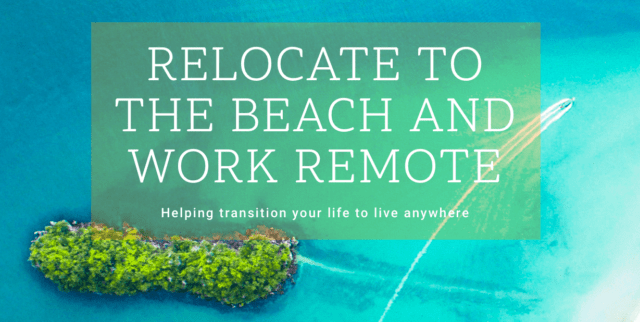Effects of eating a high fiber diet
The optimal microbiota diversity in each organ is different. For example, that of the intestine is different from that of the skin or the vagina.
In the villages that Domínguez has studied, she has noticed that they have a very rich diet in fruits. “They have a tremendous fiber intake. The optimal diversity is the one in which the organ works best. We think that they have a diet and a lifestyle with much less antimicrobial disturbances than we do and they also have diets that feed more of their bacteria”.
“They eat more than 100 grams of fiber a day and we (in industrialized society) consider 30 grams a day to be a high fiber diet. When you go there and see the cassava, that food is pure fiber. They eat a lot of fruits, so they have a tremendous fiber intake. Fiber is food for bacteria, not for us”, which creates an anti-inflammatory condition.
And it is that volatile fatty acids, especially butyrate, which are produced by the bacteria present in our intestinal microbiota, are anti-inflammatory. “You need a whole diversity to be able to do the different functions in the digestive tract”.
“If you lose that diversity by repeated use of antibiotics, you are probably affecting the functions of that ecosystem in the gut; that is, you are altering the signals between the bacteria and your intestinal cells, between the bacteria and your immune cells. You truly disturb the ecosystem”.
“We think that there is a degradation of microbial diversity, which is important for human health, and that by losing that diversity in the microbiota we are also losing functions. We have a lot to learn from people who maintain traditional lifestyles, we have to understand why those styles are healthy”, she comments.
The migration marker
Domínguez has also studied Helicobacter pylori, which is a type of bacteria found in the stomach. Although initially it was considered to be a human gastric pathogen, causing peptic ulcers and gastric cancer, “later it also became clear that it is a normal flora, which plays a role in regulating acid secretion, hormones and modulating immunity”, the expert wrote in one of her scientific articles.
And how did it get to America?
The biologist says that a research pointed out that Helicobacter had reached America through the Spanish, because in the studies that were carried out in some Latin American cities, European strains were detected.
“The helicobacter has evolved with humanity forever, to the point that by the helicobacter that a person has, by sequencing it, you can know if that person is European, Asian, or South American indigenous, for example. It is a marker for human migrations”, she says.
For this reason, along with the team of researchers, it was considered that “if the ancestors of our indigenous people are Asians, Mongols, they should have the Asian helical character and that was another reason for us to get into the jungle. And, indeed, the prevalence in the jungle of the helicobacter in adults is over 90% and the strains they carry are Asian”.
Getting the permits
Over time, says Domínguez, “we have moved to more and more remote communities and we have ended up with teams associated with health programs”. Her studies always have the permission of the communities and authorities of the countries where strict ethical regulations are made and followed.
“I love field trips”, she says, although she acknowledges that conducting research has its complexities. “You can imagine the amount of permits that must be obtained in order to bring the samples to the United States and sequence them. There are many limitations with them, but we have the authorization to study them.” She wants to continue with a project with communities on the border between Venezuela and Brazil, in Bolívar state. “We already have established contact with these communities; now we are studying very narrow urbanizing gradients”.
“This time it is not from the community that lives in the jungle in churuatas (a type of indigenous huts), to the people, but communities that are in the jungle, in which no one has a market economy or money, in which everyone lives off nature, fishing, hunting, its gardens, its sowing”. Some have had exposure to drugs, for example, those with a landing strip have a medication.
Going back to findings
Domínguez recalls that both herself and her colleagues established relationships with several of the communities visited. “After going repeatedly, they already knew us; so a mutual trust was created”.
And with each study, they came back to present results. “The idea for us has always been: what we learn from them we tell them because they have a lot to teach us. We tell them: ‘You can optimize overall health, since we have made many mistakes. It is you who have to understand why your diet and physical activity are appropriate”.
“At the end of the day, we realize how much we have disrespected nature and the consequences that we can pay”, she reflects. “The indigenous people are tremendous leaders. They talk about their future and that of their children and what, in general, they would prefer to have access to technology and stay in their communities, because they feel that they are the guardians of the jungle. And they are, actually”.
“But they also want to have the advantages that medicine and communications offer.” Without disturbing their culture “we must find a sustainable way to achieve it”, says the Venezuelan microbiologist.
And it is that, as she reflected in another scientific article: “The same peoples whose microbiomes may contain crucial clues for the medical advances of tomorrow continue to pay the enormous price of historical deadly infectious diseases, which now can be cured or preventable with Western medicine and vaccines”.

